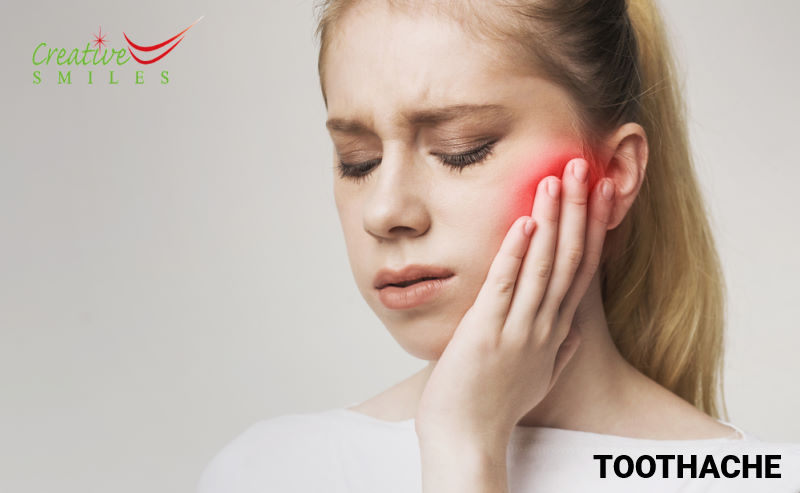A toothache is a type of pain that happens around the tooth when the nerve in the base of the tooth or the tooth next to it becomes irritated. The majority of toothache symptoms signal that something is wrong with the teeth or gums. Severe toothaches are caused by dental and mouth problems that cannot be resolved on their own and must be addressed by a dentist.
What should you do if you have unbearable toothache?
You must see an urgent care dental facility. If the discomfort is severe or excessive. Pain management is required for dental pain treatment. Over-the-counter pain medications such as aspirin, acetaminophen, and ibuprofen can alleviate minor discomfort. The use of numbing gels containing benzocaine alleviates excruciating pain. Mouthwash can sterilize and numb the teeth. Wrap an ice pack in a cloth and apply it to the area of acute discomfort. Seek out an emergency dentist in your area If none of these treatments work. Looking for unbearable tooth pain relief, we can help you.
What are the most prevalent causes of tooth pain?
The following are the most prevalent causes of toothache.
- Tooth decay. Tooth decay or cavities cause moderate to severe pain while biting. Root Canal Therapy is performed if the dentist determines that dental decay has contaminated the root of the tooth.
- Wisdom teeth. When Wisdom Teeth are not extracted at the appropriate time, they cause immense tooth pain.
- Gum disease. Poor oral hygiene is the cause of periodontal disease, which leads to plaque buildup, which causes gums to swell and cause discomfort.
- Bruxism. Poor oral hygiene, such as teeth grinding or bruxism, can cause toothache connected with the Temporomandibular Joint (TMJ).
- Abscessed tooth. An abscessed tooth is caused by an infection that has migrated from the pulp chamber to the root tip or the surrounding dental structure. Following a dental procedure, an abscess may develop as an infection around the Extracted Tooth.
- Trauma/Injury. A fractured or knocked-out tooth causes immediate tooth pain.
How do the various types of toothaches feel like?
Here are various types of toothaches and their meaning.
- Dull, Persistent Ache. The most frequent form of toothache is a dull, persistent pain. Toothache can be caused by an abscessed tooth, food caught between the gums, or teeth grinding.
- Sensitive Teeth. Teeth sensitivity to heat and cold is a frequent issue that is typically caused by damaged enamel. The causes of increased tooth sensitivity are exposed roots, worn fillings, dental decay, and gum disease.
- Sharp pain. The enamel fractured or there is a cavity If a tooth is experiencing sharp or stabbing pain. Visiting the dentist is typically required when teeth experience severe pain.
- Severe, throbbing pain. A tooth fracture or periodontitis that has exposed the tooth’s base or nerves can cause excruciating agony. An emergency dentist is essential for this type of pain, especially if it has become painful.
What are the symptoms of tooth pain?
Pain in the tooth and mouth is the primary symptom of toothache, although the type of pain can vary and present itself in the following ways.
- Fever or headache
- Tooth pain that occurs when pressure is applied
- Acute, throbbing, or persistent pain
- Bad taste in the mouth
- Swollen, sensitive gums
How to Remove Tooth Nerve Pain
Analgesics are the most effective treatment for toothache. A dental practitioner will prescribe antibiotics if there is significant swelling in the face and gums or if there is a fever. A deep cleaning may be necessary to eliminate the harmful bacteria and plaque that have become trapped under the gum line. The source of the toothache determines the treatment method.
When Should You See a Dentist for Toothache?
You need to see a dentist if Tooth pain persists for more than 2 days. Dr. Amit Shah at Creative Smiles is trained to assist reduce discomfort and identify its source.
What exams or tests can be done for Toothache?
A comprehensive medical history and oral exam are required to diagnose toothache. Occasionally, tooth and jaw x-rays and panoramic x-rays are required.
Published on August 20, 2022, Updated on March 24, 2023

